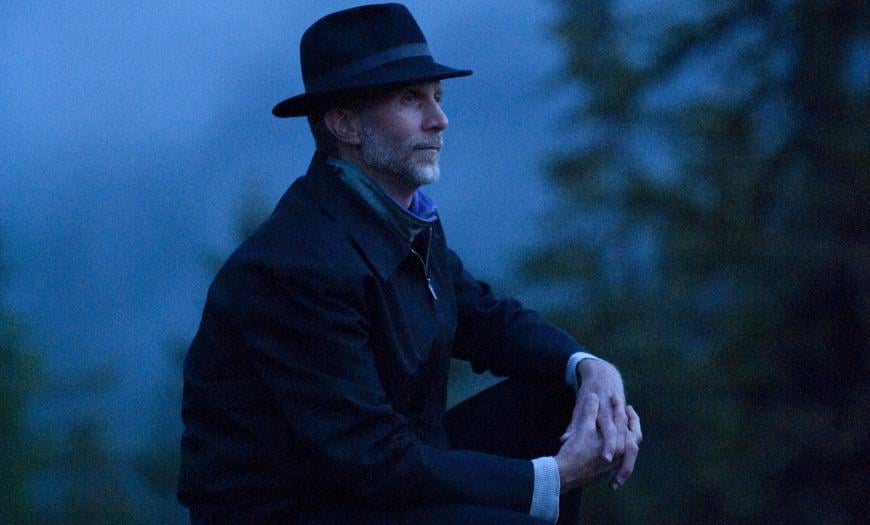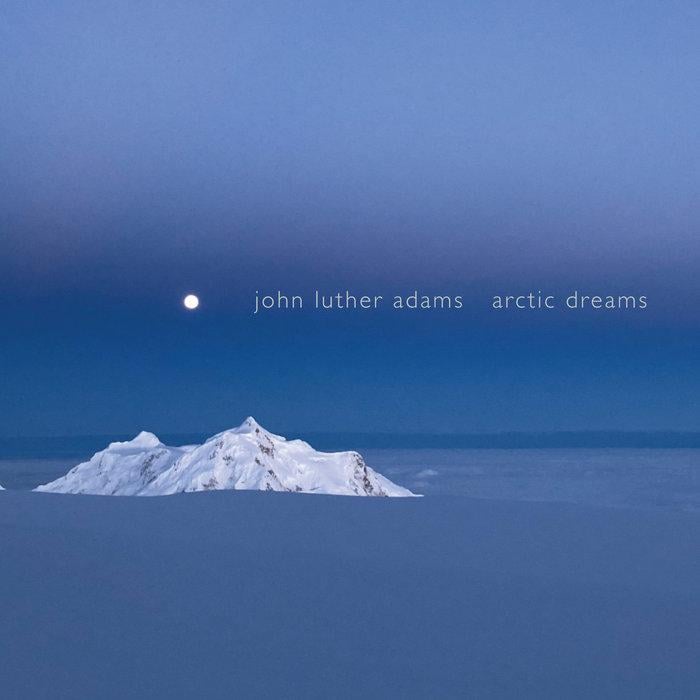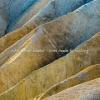
On the subject of John Luther Adams, the transplanted sometime Alaskan resident shaper of environmental soundscapes, I’m finding that you have to take his music on a case-by-case basis. There have been some mesmerizing longform works of lasting beauty offset by arid marathons that have been a pain to sit through, with others that fall somewhere between the poles of ecstasy and boredom. It all depends on the quality of inspiration of the basic material, or perhaps the state of mind, body, and mood that listeners with different nervous systems happen to be in at a given time.
Fortunately, the latest JLA recording to enter the market, Arctic Dreams (Cold Blue Music), ranks as one of the mesmerizers.

The composer says it is the first piece that he wrote in his “Aeolian sound world, which grew out of my experiences listening to wind harps on the tundra.” The string quartets that use this environment, Lines Made By Walking and untouched, reviewed in SFCV earlier, came along somewhat later.
Here we have a somewhat unorthodox configuration of a string quartet (Robin Lorentz, violin; Ron Lawrence, viola; Michael Finckel, cello; Robert Black, double bass) teamed up with four voices from Synergy (Micaela Haslam, Amanda Morrison, Heather Cairncross, Simon Grant), multiplied by three layers of electronic digital delay. There are supposedly texts consisting of namechecks of various Arctic places, fauna, weather, and such as rendered in languages of the native peoples. No texts are provided, the words are unintelligible, and I suppose that is deliberate; sound and feeling are everything and the meaning of the words just gets in the way.
Rather than have one long barely changing canvas as in some previous works, Adams splits the piece up into seven sections, each with its own character, fairly static in conception, yet drawing a listener in each time. The first two sections, “The Place Where You Go to Listen” and “Pointed Mountains Scattered All Around,” waft through the room like a distant mist, while the twittering strings and drifting foggy voices of the fifth section, “River With No Willows,” remind me of the cloudy textures of György Ligeti. The most striking music occurs in No. 6, “One That Stays All Winter,” a meteor shower of sliding, descending voices and strings.
I’ve never been to the Arctic tundra regions — only seen it from the air en route to and from Europe — but I can feel the chill from this highly immersive music. Cold Blue Music is a fitting carrier — and description — of it.



